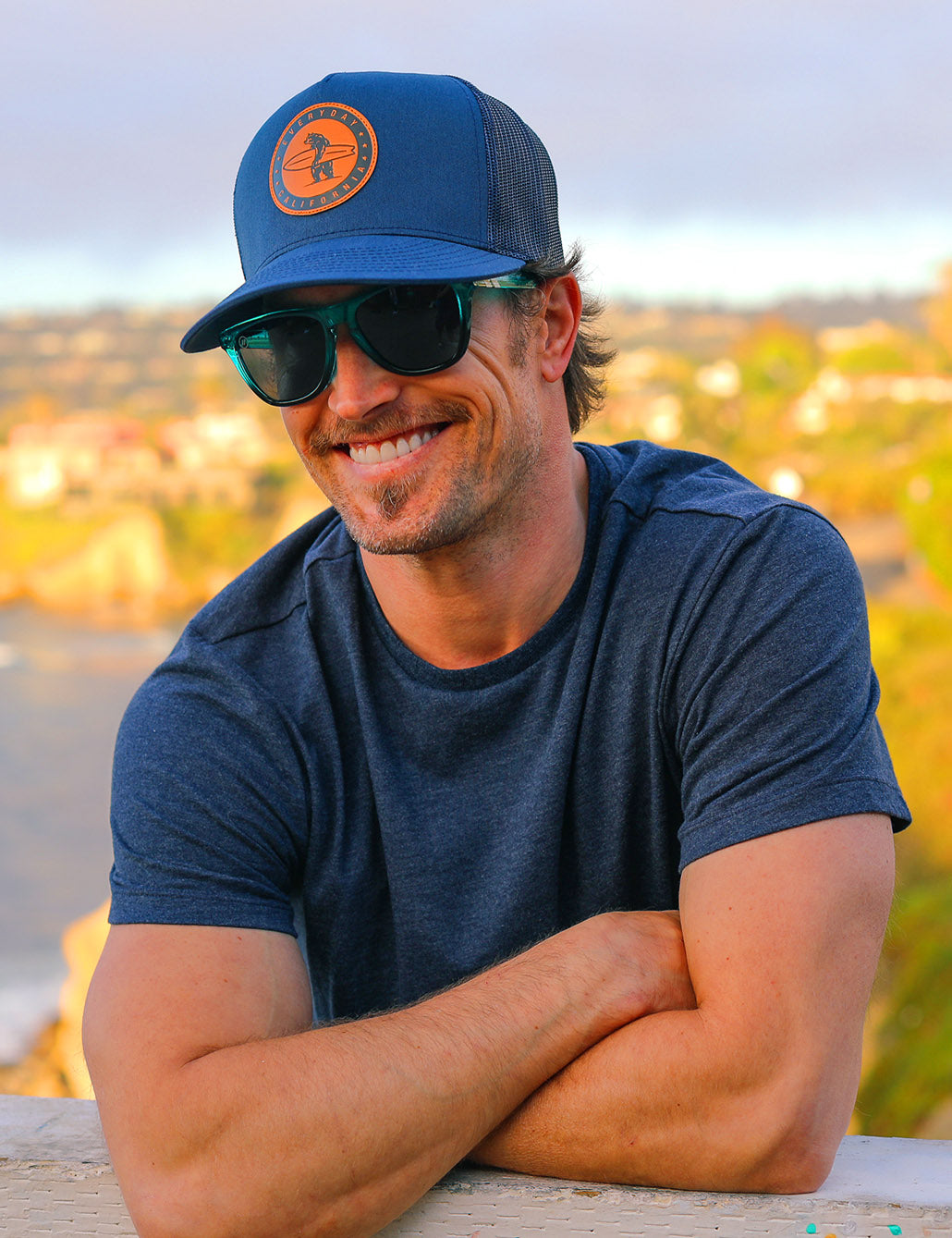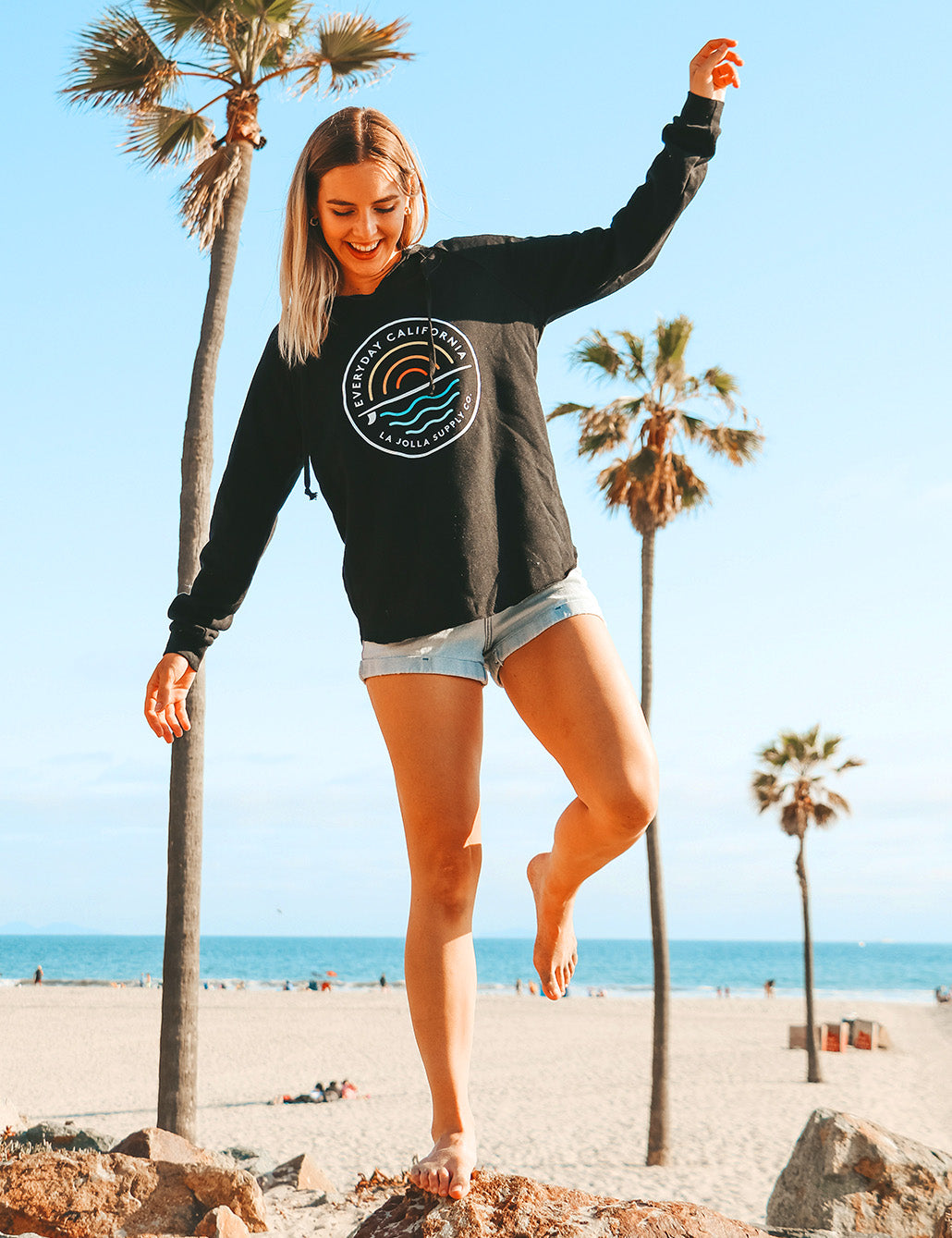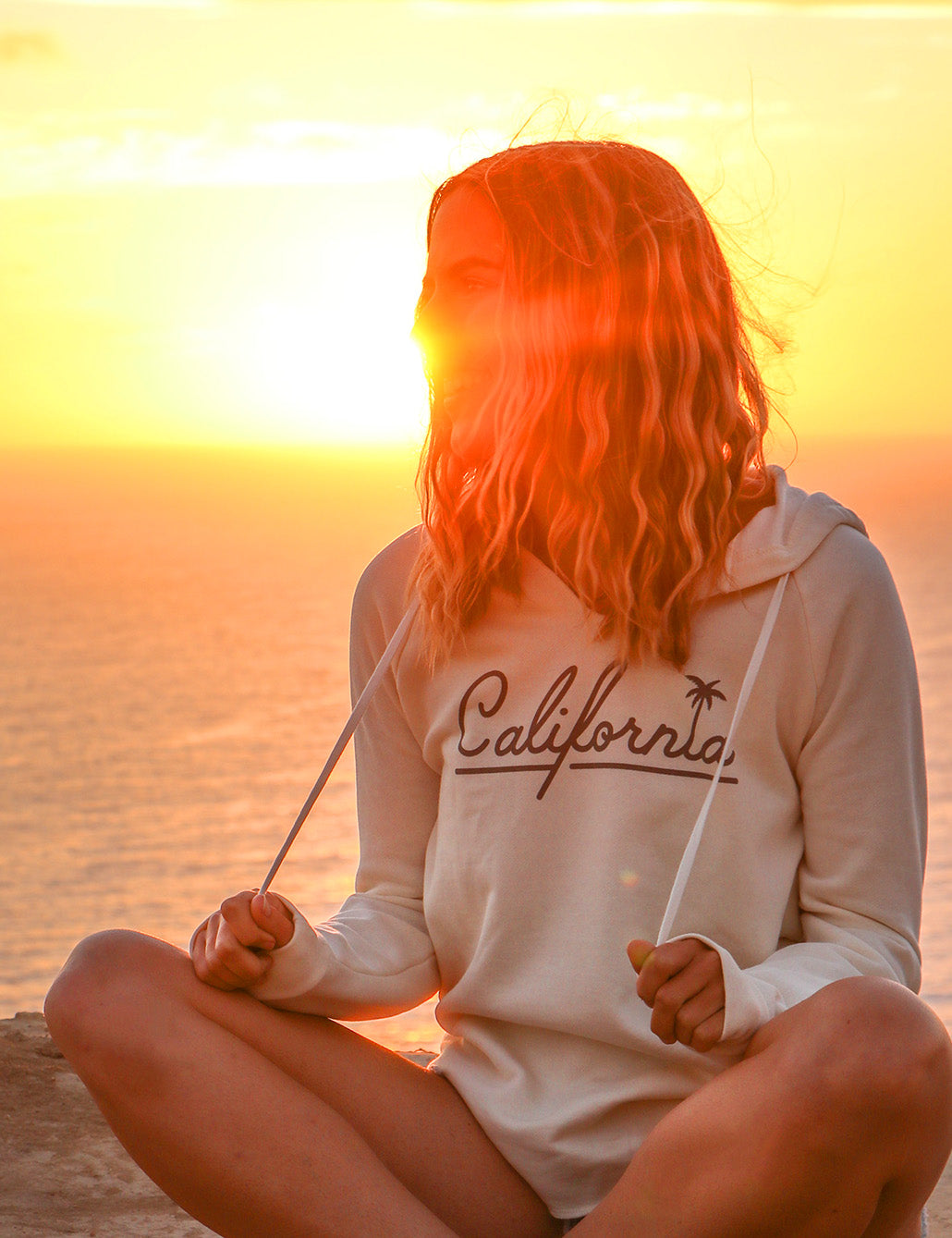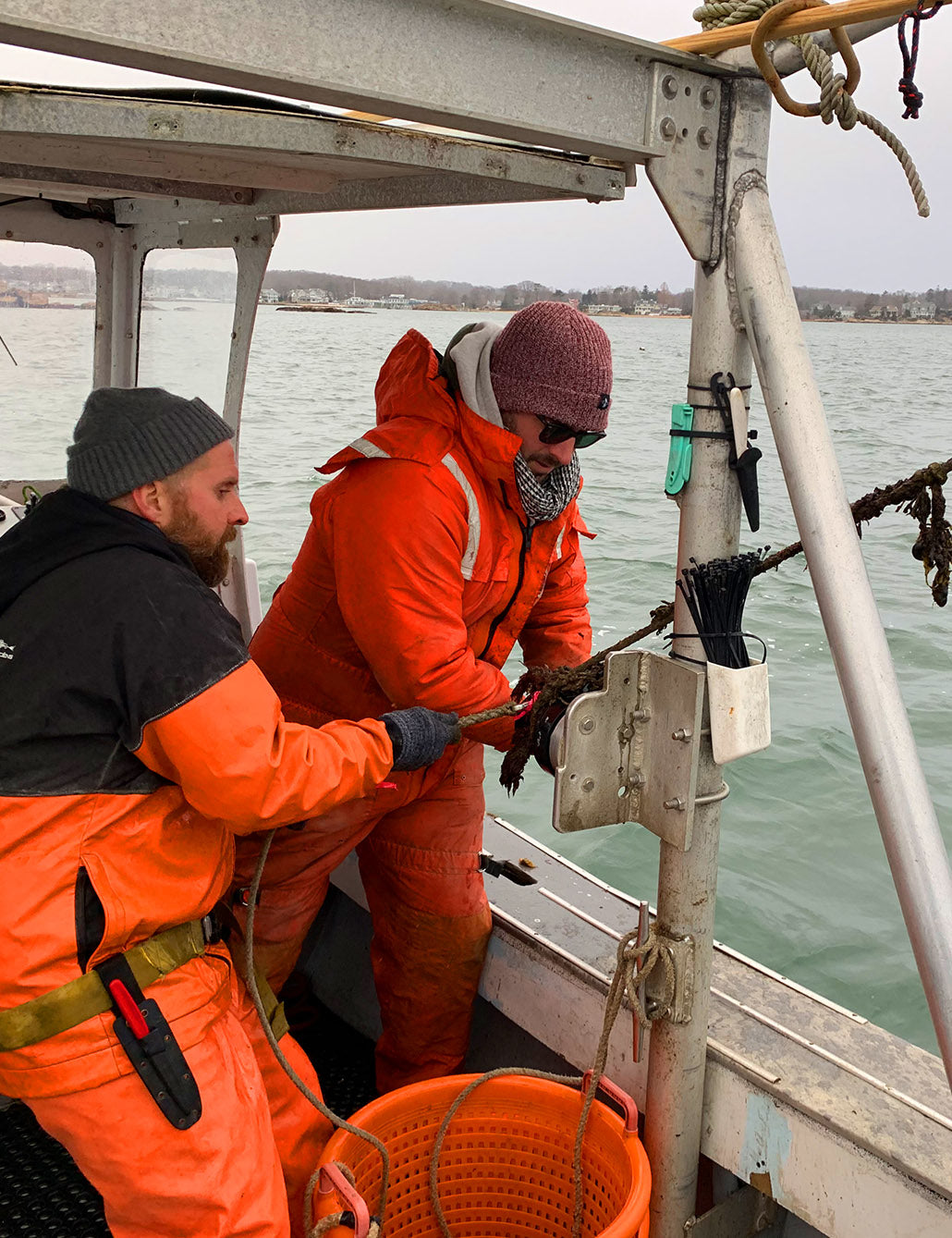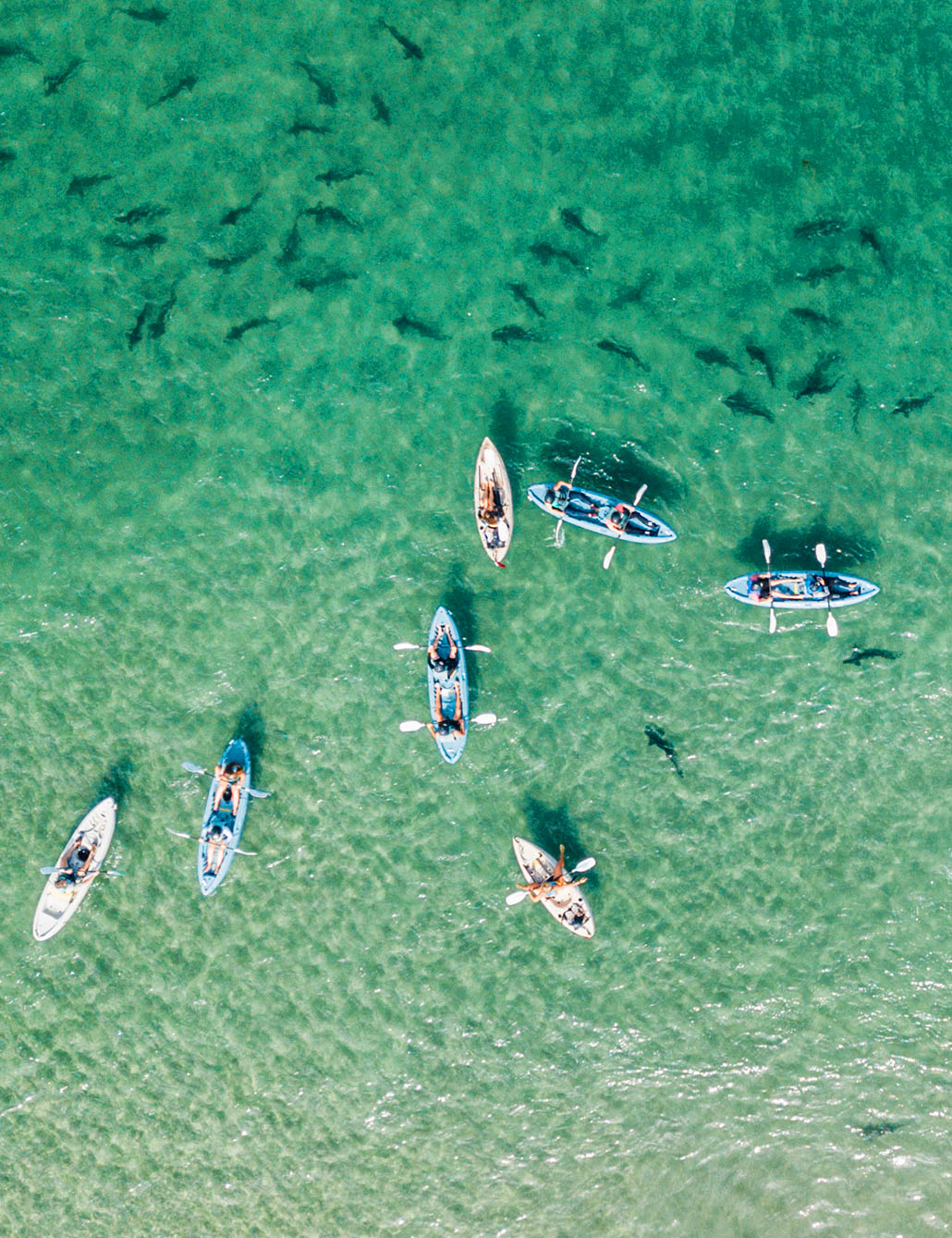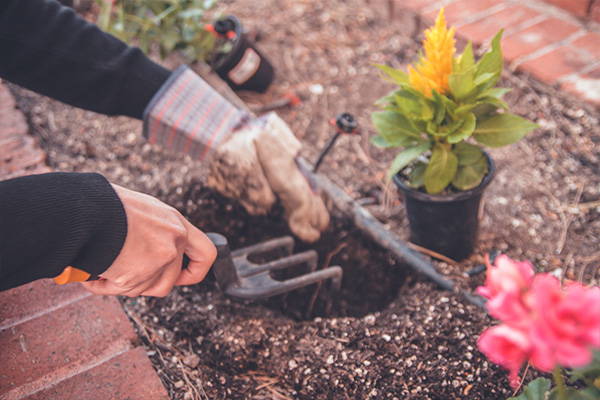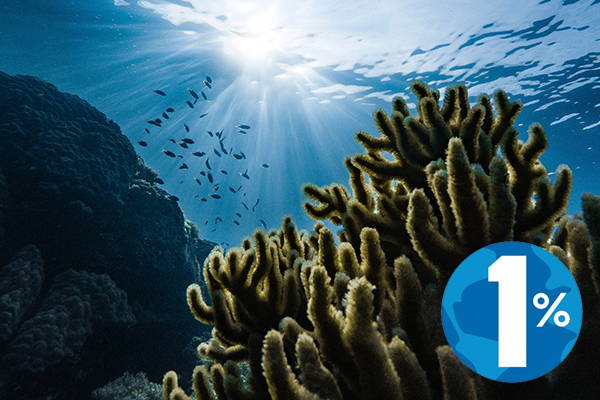By Andrew Iida I Head Writer & Resident EMT
If you’re just starting out, looking at surfing gear can be overwhelming, and you probably have a lot of questions. What is the best beginner surfboard? Should I use a longboard or a shortboard? What volume? What kind of fins do I need, and should I have one of them or five? In this part of our Surfing 101 series, we’ll go over everything you need to know about surfboards, fins, wetsuits, and more to help you get ready to surf.
What is the best surfboard length for a beginner?

Short answer: longboard.
Some of the most exciting surfing pictures and videos show surfers with shortboards, pulling off extreme, acrobatic stunts on the wave. You’ll get there eventually, but trying to start out on a shortboard is kind of like trying to climb Mount Rainier for your first hike. Some people will be able to pull it off, but the vast majority of us will have better success starting with something easier.
For a brand new surfer, there’s no question that a longboard is the way to go, and we recommend a board that’s at least 7 feet long (but 8-9 feet would be even better). The added length makes it easier to catch a wave, easier to control, and much more stable. You’ll be able to stand up on a longboard much more than on a shortboard, and if you want to switch to a shortboard after a few months of practice, your skills will be much more refined than if you had used a shortboard from the beginning.
Surf vocabulary
Dropping in (v): Dropping down the face of the wave, including standing up on the board. Not to be confused with dropping in on someone.
Dropping in on someone (v): A cardinal sin of surfing, when a surfer drops in ahead of another surfer who is already on the wave. This can cause serious injury, either from the event itself, or the ensuing fist fight.
What is the best surfboard volume for a beginner?
Length alone doesn’t tell you enough. Depending on how they are shaped, there can be a huge variation in volume for boards that have the same dimension. The volume of a board changes its displacement, so more volume means it is easier to float. The exact volume you need will depend on your weight, but the average person will need around 50 Liters of volume for their first board.
If you’re stuck between two similar boards, go for the one with the bigger volume, because the most common volume mistake for beginner surfers is too little volume, not too much. Like length, you’ll probably want to move to a smaller volume eventually, but the most important thing in your first few months is to develop the basic skills of dropping in and standing up. A surfboard with an adequate volume will help you improve those skills much more quickly.
Surf vocabulary
Set (n): A series of large, strong waves, often coming in groups of 7.
Lull (n): The period between sets, where the waves are smaller and weaker.
What is the best surfboard material for a beginner?
This one has an easy, straightforward answer: your first board should be a soft-top.
We talked to one of our resident surfing experts here at Everyday California, who told us that he learned on a fiberglass surfboard. He quickly added that it was the worst surfing decision he’s made, and he spent his first year wondering why he wasn’t getting any better.
Most soft-top boards have foam on the top and fiberglass on the bottom. They usually have a higher volume than other types of boards, so while they’re not the most maneuverable, they’re perfect boards to practice basic surfing skills. They’re also much safer boards to learn on.
If you’re not experienced with controlling your board, there’s a good chance that at some point, it will be launched off a wave straight towards your face. When that happens, you’ll be glad you picked foam. Because soft-tops often don’t need any wax and won’t dent nearly as much as a fiberglass board, you don’t have to worry nearly as much about maintenance.
Surf vocabulary
Kook (n): A person who doesn’t respect the rules and etiquette of surfing, often putting themselves and others in danger. It is commonly used to describe new surfers who don’t know any better, but can also refer to more experienced surfers who attempt to surf in waves above their experience level.
What surfboard fin setup is the best for beginners?
The most popular fin arrangement for beginner surfers is a thruster setup, which has three, equal-sized fins: two in front and one behind them. This setup is perfect for any type of waves and any experience level, and provides the most stability. The downside of this setup is that it slows you down a little bit, but you shouldn’t be worrying about that until you’re a little more experienced.
If you’re looking for a soft-top board, you can’t go wrong with one that has a thruster setup. When it’s time to upgrade to your next board, we recommend going for a 5-fin configuration, which lets you switch between different fin setups without having to bring a different board.
Surf vocabulary
Face (n): The unbroken front surface of a wave, i.e., the best part of the wave for surfing.
Lip (n): The top edge of the wave
Do I need a leash for my first surfboard?
Absolutely! It takes time to learn how to control your board, so a leash is essential. The biggest reason is safety, both to you and other surfers. If you get caught in a rip current or slammed by a huge wave, there’s a good chance you’ll lose control of your board. If you don’t have a leash, you’ll have to hope that you have the strength to swim back to shore. If you do have one, a surfboard is an excellent life saving flotation device.
When you are surfing around other people (which will be every time you surf in San Diego), an out-of-control board is a projectile that can cause serious injury to whoever it strikes. Learning to surf is also a lot more fun when you don’t have to swim all the way back to shore every few minutes to retrieve your board.
Surf vocabulary
Caught inside (adj): When a surfer is stuck between strong, breaking waves and the shore, they are caught inside. This can be a dangerous situation when the waves are powerful, and you’ll waste a lot of energy paddling against them. You can avoid being caught inside by paddling out during a lull instead of a set.


Do I need a wetsuit to learn to surf?
Maybe… where do you live? If you’re in Hawaii where it never gets below 70 degrees in the water, you might never have to wear a wetsuit. However, if you live in San Diego, it’s definitely a good idea.
When you’re looking at wetsuits, you’ll see a set of numbers separated by slashes, like 5/4/3 or 3/2. These refer to the thickness of a wetsuit, so a 5/4/3 suit will be 5mm thick in the torso, 4mm in the legs, and 3mm in the arms. A 3/2 suit will be 3mm thick in the torso and 2mm thick in the arms and legs. The thicker the wetsuit, the warmer it keeps you.
The exact style of wetsuit is completely dependant on personal preference and location, and most people will need multiple suits for different water conditions. If you’ve never worn a wetsuit, we recommend renting one for your first time out, which will help you understand your individual needs.
Surf vocabulary
Barrel (n): the hollow space between a wave’s face and lip as it breaks. Getting barreled is every surfer’s dream.
How much should I pay for my first surfboard?
If you’re following our advice here, you’re looking for a soft-top surfboard around 8 feet long with a thruster fin setup and a leash. There are a ton of options for you, with a huge range of prices. We would avoid the $70 boards, which might last a while, but also might start to fall apart during your first session.
Some of the best boards for beginners are in the $200-$300 range. While there are more expensive options, most people don’t need a soft-top that will last them 10 years when they’ll be moving up to a more advanced board well before then.
We use Scott Burke soft-top surfboards for our beginner lessons at Everyday California. We’ve found their boards to be exceptionally durable and stable—perfect for a first board at an affordable price.
Surf vocabulary
Snaking (v): To take a wave out of turn, taking the opportunity away from the surfer who was properly queued up. Snaking is not quite as bad as dropping in on someone, but it is still a huge violation of surfing etiquette.
Do I need anything else while I’m surfing?
Reef-safe sunscreen! You’ll probably be in the water for hours at a time without any shade, so sunscreen should be mandatory any time you head to the beach, but you might not know that normal sunscreens are harmful to our oceans. The chemicals found in these sunscreens are a known cause of coral bleaching, which occurs when the coral expels its symbiotic algae and turns white, often resulting in starvation and the death of these animals. Reef-safe sunscreens are designed to avoid the most harmful chemicals, so that you can protect your skin while protecting marine animals.
Another popular safety item is earplugs, especially for people who surf in colder water. In addition to providing some protection against infections, earplugs can help you avoid the dreaded “surfer’s ear,'' a condition of abnormal bone growth in the ear canal that can lead to hearing loss. The only way to fix surfer’s ear is by surgically removing the bone, so an inexpensive pair of earplugs is definitely worth it.
There are all kinds of other accessories for surfers, including watches that track the tides, drones that follow you automatically for surfing videos, and devices to repel sharks. Go for it if you really want it, but you don’t need any of that, especially in your first few sessions. Remember that people surfed for hundreds of years with nothing more than a flat piece of wood.

Happy Paddles!
Check out the rest of our Surfing 101 series here!

